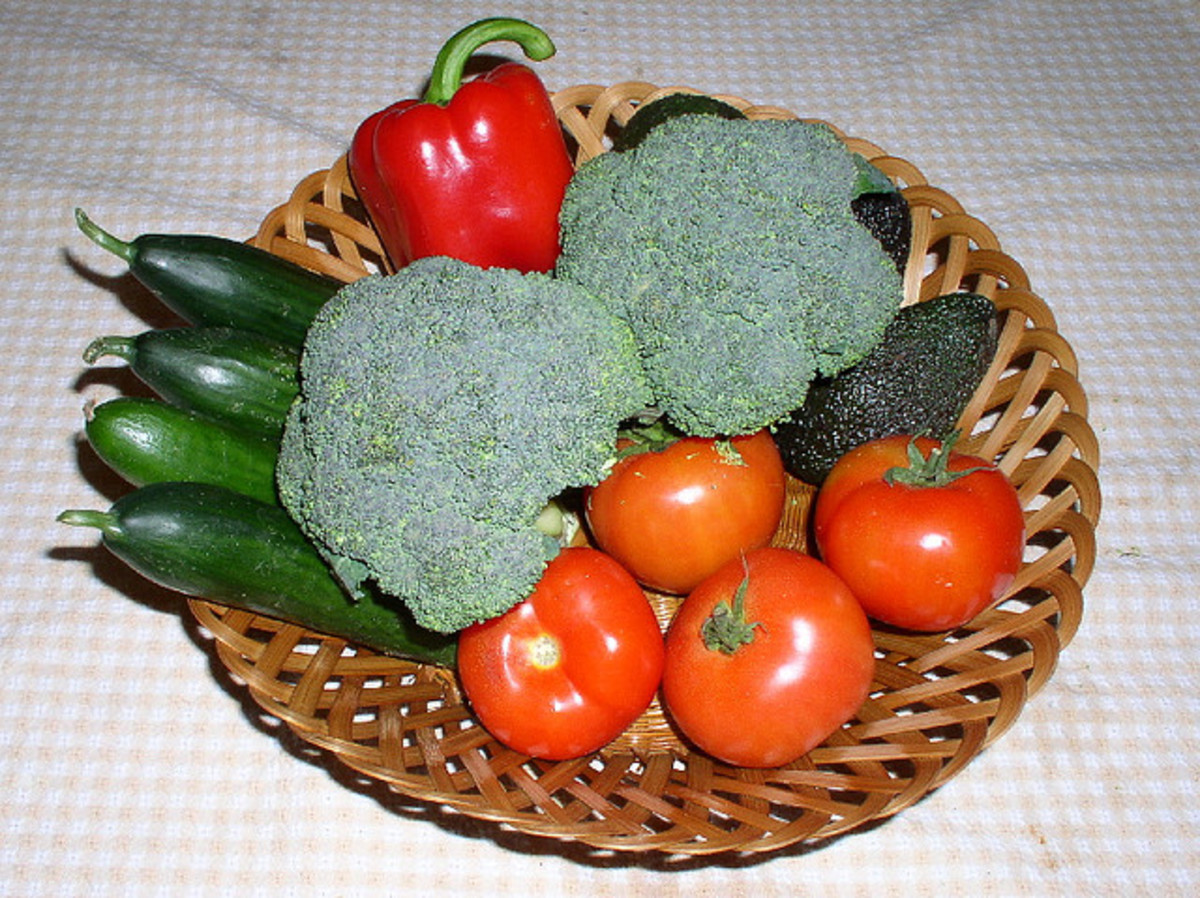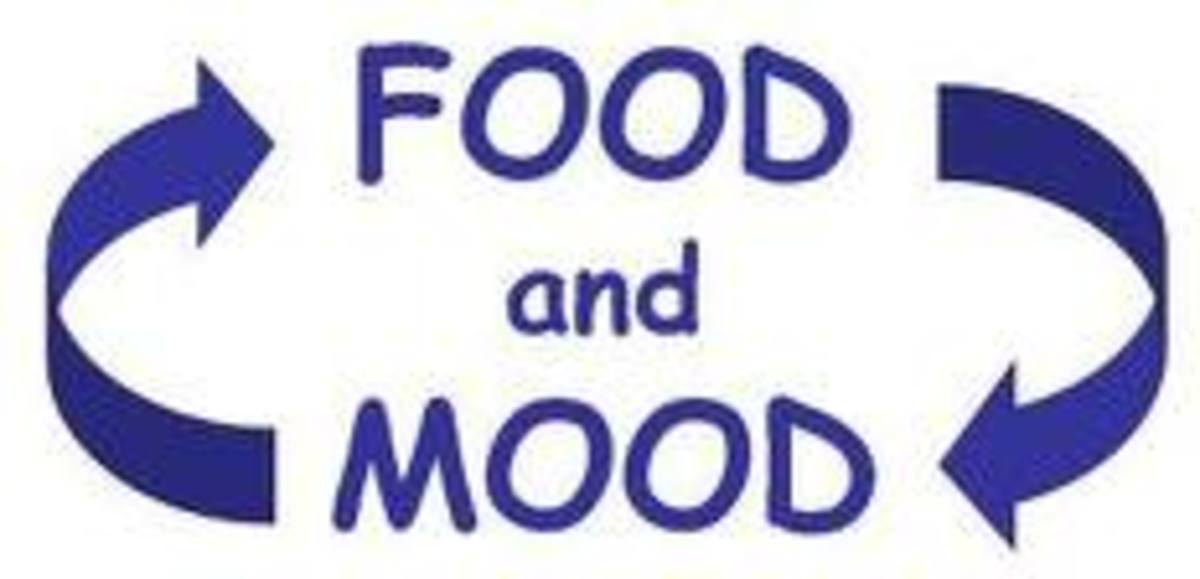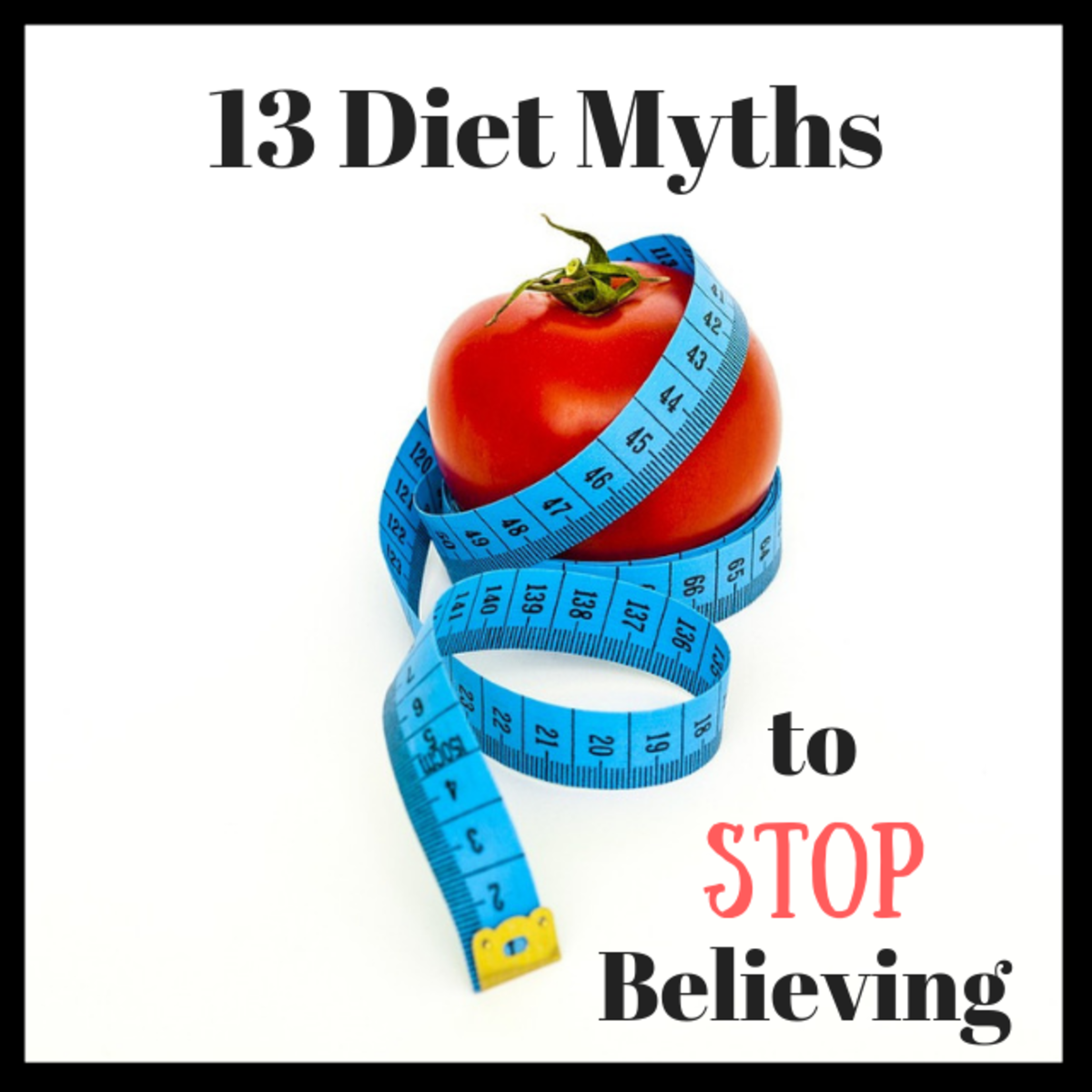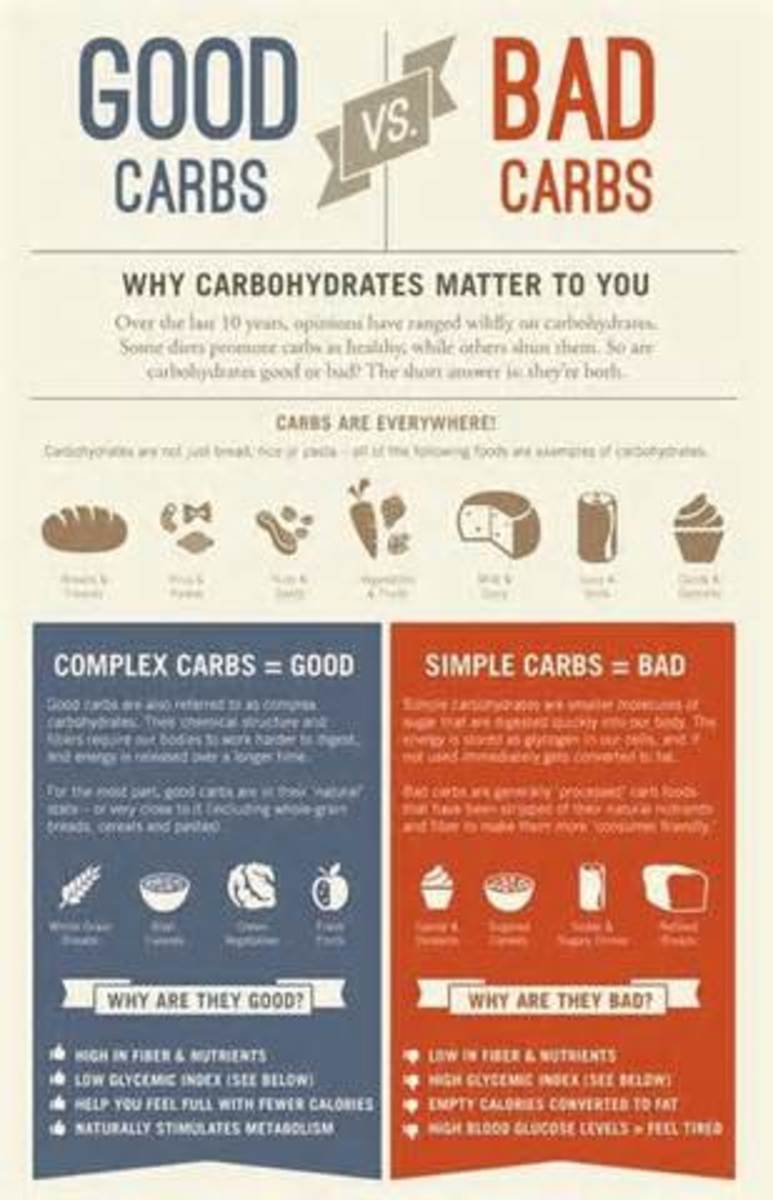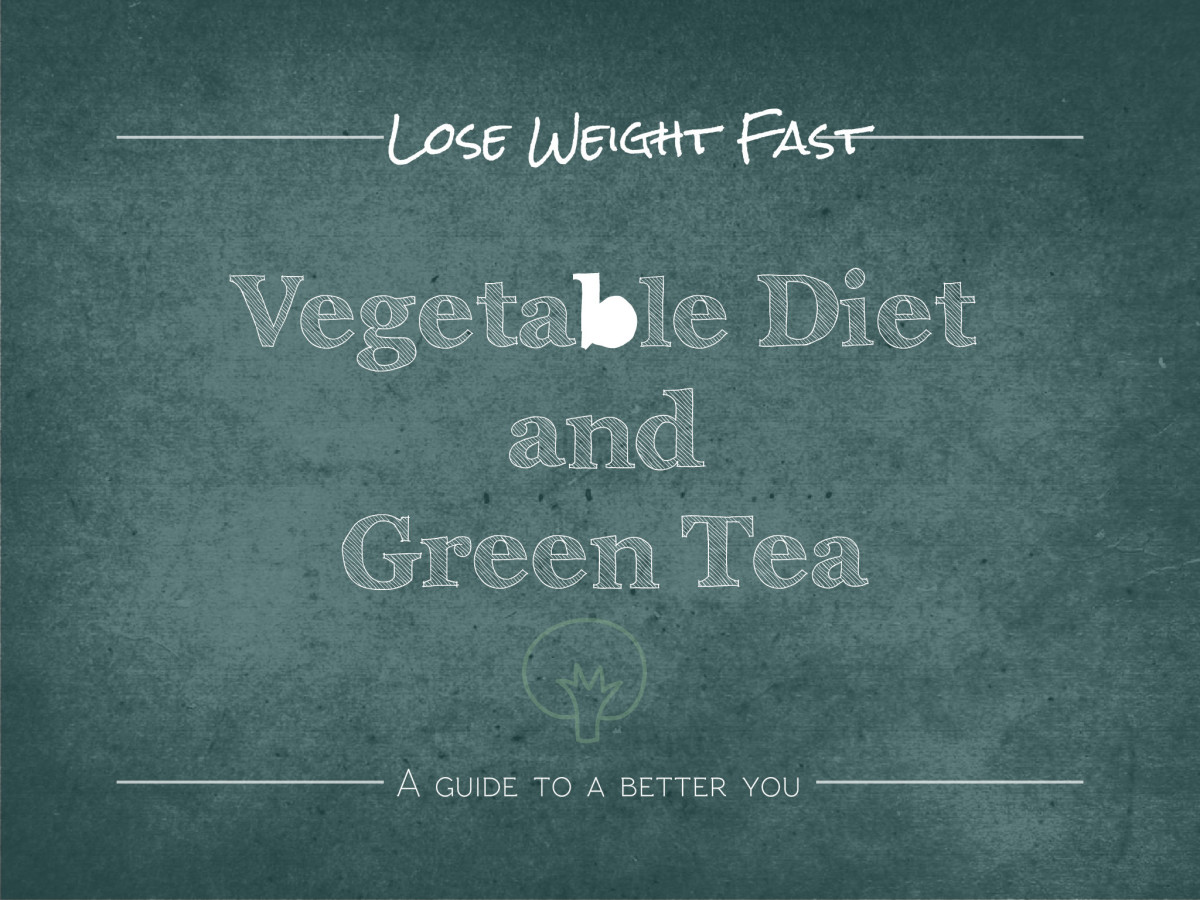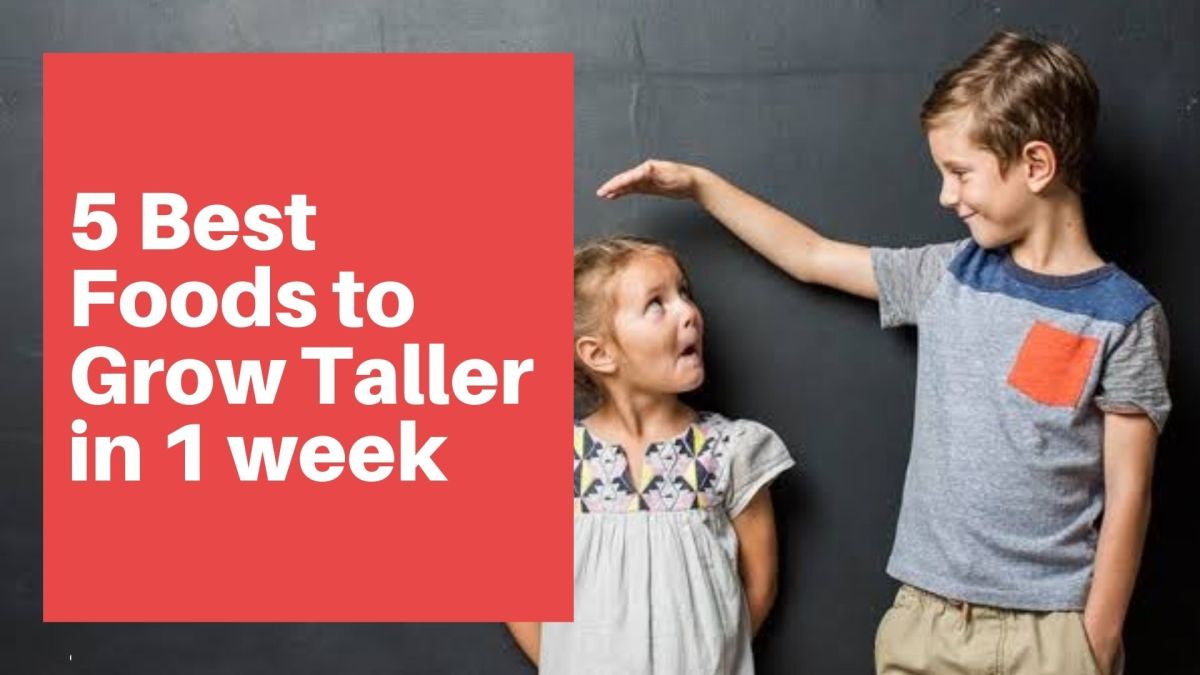Top Foods for Weight Loss
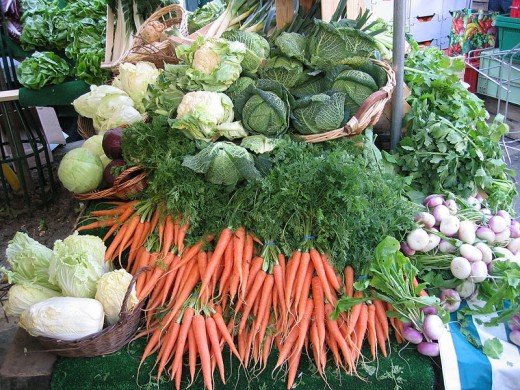
Are you looking for diet and weight loss friendly foods? With so many diet books on the market and experts telling you what you should and should not eat, meal planning for weight loss becomes very confusing. To put it simply, no one food is better than another but combining fresh, unprocessed foods for healthy and low calorie meals will make all the difference in the world when it comes to shedding pounds.
We will explore many food options that are the healthiest choices and also the best options for reducing and maintaining weight. The ideal food will have plenty of fiber, many vitamins and minerals, and pack a punch with cancer fighting antioxidants while supporting bodily functions with essential amino acids.
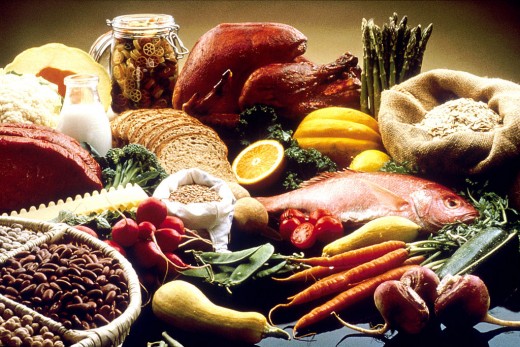
Fiber Fills You Up
We all know that fiber keeps you regular and fills you up but did you know that the recommended daily allowance of fiber is 25 to 30 grams per day. According to the UCSF Medical Center, the average daily intake of fiber among adults in the United States averages only 15 grams of fiber a day. Fiber should come from whole foods not capsules to have the most benefit.
Beans are your best bet when trying to get plenty of fiber into your diet. Beans like kidney and garbanzo beans have approximately 7 to 8 grams of fiber in a half cup serving. All fresh vegetables and fruits have fiber, too, and we will discuss those shortly. Besides eating beans, opt for whole grains. Use whole wheat flour, cook with brown rice, have oatmeal for breakfast and sprinkle salads with wheat germ or slivered almonds.
To recap, here is a quick glance of high fiber foods. try to have one of these high fiber items with every meal.
- beans - 1/2 cup = 7 to 8 grams of fiber
- oatmeal - 1 cup cooked = 4 grams of fiber
- brown rice - 1 cup cooked = 3.5 grams of fiber
- almonds - 1 cup sliced = 11 grams of fiber
- bran cereal - 3/4 cup = 6 grams of fiber
- wheat germ - 2 tablespoons = 2 grams of fiber
- whole grain bread - 1 slice = 1.9 grams of fiber
- fruits and vegetables (fresh) - 1 serving = 3 to 4 grams of fiber
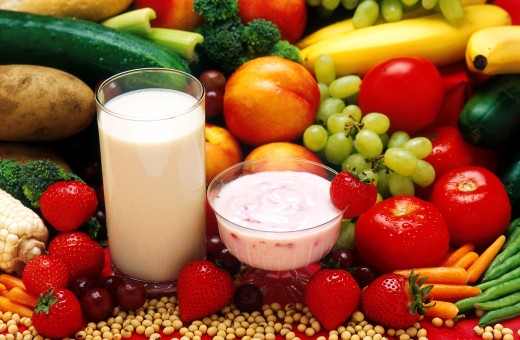
What You Need to Know About Vitamins and Minerals
We know we need vitamins and minerals but do we know exactly what they are? Vitamins and minerals are essential to the body for a myriad of functions. Some vitamins can be produced by the body while others like vitamin C cannot be produced at all by the human body. Our body also cannot produce many vitamins fast enough to keep up with the need so food supplies what we cannot produce.
Vitamins and minerals are natural components to all of the food that we eat. When we eat foods deficient in vitamins and minerals like processed food; chips, candy, cake, donuts, artificial flavors and colors, sugar, white flour and more, our body becomes deficient and can become ill.
Vitamins can be fat soluble and water soluble. So a multi vitamin taken daily might not be giving you proper nutrition if only taken with a glass of water and not taken after eating something with a bit of fat in it. The water cannot break down the fat soluble vitamins. Water soluble vitamins are; B1, B2, B3, B5, B6, B9, B12, H (biotin), and C. Fat soluble vitamins are A, D, E and K.
Minerals, without essential minerals the body can become deficient. Mineral deficiency can cause illness and make health problems worse. Necessary macrominerals are Calcium, Phosphorous, Potassium, Magnesium and salt. Necessary microminerals are Iron, Zinc, Copper, Chromium, Iodine, Selenium, Manganese and Molybdenum.
If your diet contains ample amounts of fresh fruits and vegetables you will insure that you are providing your body with necessary vitamins and minerals. Opt for organic fruits and vegetables since commercially grown produce lacks many necessary minerals. Commercially grown vegetables have a tendency to be grown in over used soil. The soil has been depleted of many minerals from constant use and the produce grown in that soil is not absorbing the minerals you need for optimum health. Organic products are grown in nurtured and mineral rich soils.
Fruits and veggie that give you major vitamin and mineral boosts are;
Green leafy and cruciferous vegetables - kale, spinach, broccoli, brussel sprouts, cabbage and beet greens will provide you with many of the important B vitamins, Vitamins A and K, And minerals Calcium and Iron.
Orange and red fruits and vegetables - if you eat from a colorful fruit and vegetable palette you will ingest many essential vitamins and minerals. Carrots are high in Vitamin A, Oranges, strawberries and bell peppers in vitamin C, sweet potatoes and apricots offer potassium.
Blue and purple; blueberries offer Vitamin E and manganese. Eggplant has B1 and raisins boost your potassium levels.
Yellow is not only for the potassium in a banana but B3 in turnips. Think pineapple to boost your vitamin C and manganese.
Studies have shown that the population of the United states has major deficiencies in minerals and vitamins. 68% deficiency in Calcium, 80% deficient in B6 and magnesium is down by 75%. Chromium tops the deficiency chart at 90%.
Beat the deficiency odds by adding leafy greens to every lunch and dinner. Aim for 7 vegetables and 5 fruits eaten daily.
You'll Like This, too!
- Chocolate and Yoga
Many foods have antioxidant properties or compounds that naturally improve well being. Proper diet along with exercise keeps a body strong and healthy. Let's examine natural health, healing and organic remedies to keep you hearty and healthy.
Mix Colors to Achieve Optimum Vitamin and Mineral Intake
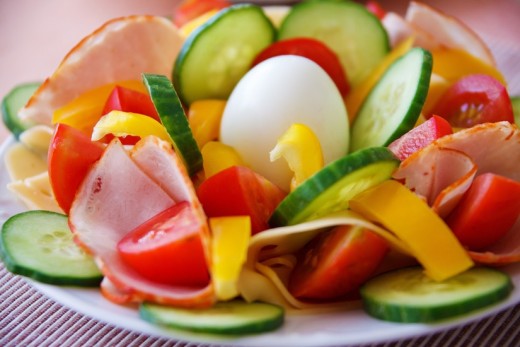
Clean Up and Out
"A" is for Antioxidants and Amino Acids
Antioxidants and amino acids play important roles in maintaining a healthy body. While they are each very important and are found in healthy unprocessed foods they are not the same thing. An antioxidant fights free radicals. It is a chemical substance that is found in food. It is actually not a thing but a behavior or an action. It is a compound that uses one of its electrons to battle free radicals. Free radicals steal electrons from other cells. This continued theft can cause cellular damage leading to many diseases including heart disease and cancer. Vitamins like C and E are examples of antioxidants.
Amino acids are the building blocks of protein. Muscles, organs, tissue, arteries, skin and bones are all affected by amino acids in some way. Keeping your amino acids balanced keeps your metabolism up to speed. If a certain amino acid in your body is not present than the rebuilding of protein to regenerate muscles, organs and tissue can not happen. This amino acid deficiency leads to diseases like diabetes, weight problems, hair loss, sleep disorders, skin problems and erectile disfunction.
Essential amino acids cannot be made by the body. Nonessential amino acids can be made by the body. Essential amino acids according to the U.S. Library of Natural Medicine are histidine, isoleucine, leucine, lysine, methionine, phenylalanine, threonine, tryptophan, and valine. What foods have these essential amino acids and what roles do these amino acids play in the body? Here is a list;
- Histidine - pomegranate, beets, leafy greens, turnips and apples. This amino acid is essential for tissue repair, haemoglobin production and strengthening the immune system.
- Iosleucine - Egg whites, turkey, tuna, seaweed and soy. It builds muscles, helps your body create energy and makes blood sugar molecules.
- Leucine - Nuts, chicken, beans, seafood and cheese. It helps repair muscles, trigger muscle growth (body builders know this) and helps you lose weight by sparing muscle and controlling glucose.
- Lysine - Fish, Chicken, most fruits and vegetables, and chocolate! Helps heal cold sores, boosts the immune function, repairs tissue damage and reduces anxiety by creating seratonin.
- Methionine - Nuts, cheese, soy, chicken, eggs and beans. Helps to repair liver damage from acetaminophen overdose, wound healing and treating depression.
- Phenylalanine - Milk, dairy, eggs, beans and nuts - helps with ADHD, chronic pain, rheumatoid arthritis, alcohol withdrawl and vitiligo
- Threonine - Nuts, seeds, beans, lentils, shellfish and cheese - helps reduce muscle contractions, used to treat MS, and other nervous system disorders
- Tryptophan - Turkey, oats, eggs and nuts - good for sleep disorders, sleep apnea, depression, PMS and quitting smoking. It is converted by the body to seratonin.
- Valine - Mushrooms, nuts, cheese, soybeans, and fish - helps to prevent faulty brain transmission in people with diseases like anorexia and mania. Regulates the absorption of other amino acids.
Top Ten Vegetables
Recap
The reason to ingest healthy unprocessed food are limitless. Foods to eat for weight loss should be foods that will help to fill you up, keep you satisfied, to nourish your body and to provide vitamins, minerals, antioxidants and amino acids that cannot be produced by the body.
To help you lose weight, keep your calories low between 1200 and 1500 per day is ideal. Eat foods that are nutrient dense in order to rev up your metabolism. Keep your plate colorful. A plate full of colors of the rainbow insures that you ingest many healthy vitamins, mineral, antioxidants and amino acids.
Weight Loss Tips
- Eat a high fiber food with every meal
- Keep calories between 1200 and 1500 per day
- Exercise at least 3 times per week 30 minutes per day
- Drink 8 glasses of water daily
- Eat at least 2 leafy green vegetables daily
- Aim for 5 fresh fruits daily
- Aim for 7 fresh vegetables daily
- Keep refined foods off the table - no sugar or white flour
- Always consult your doctor before starting any diet program


